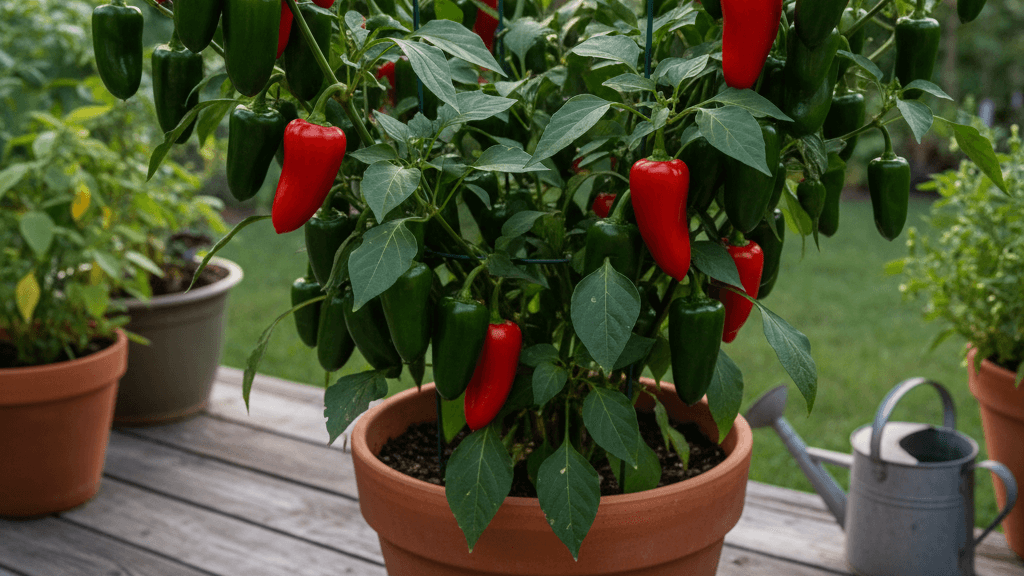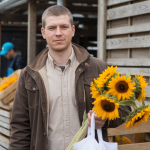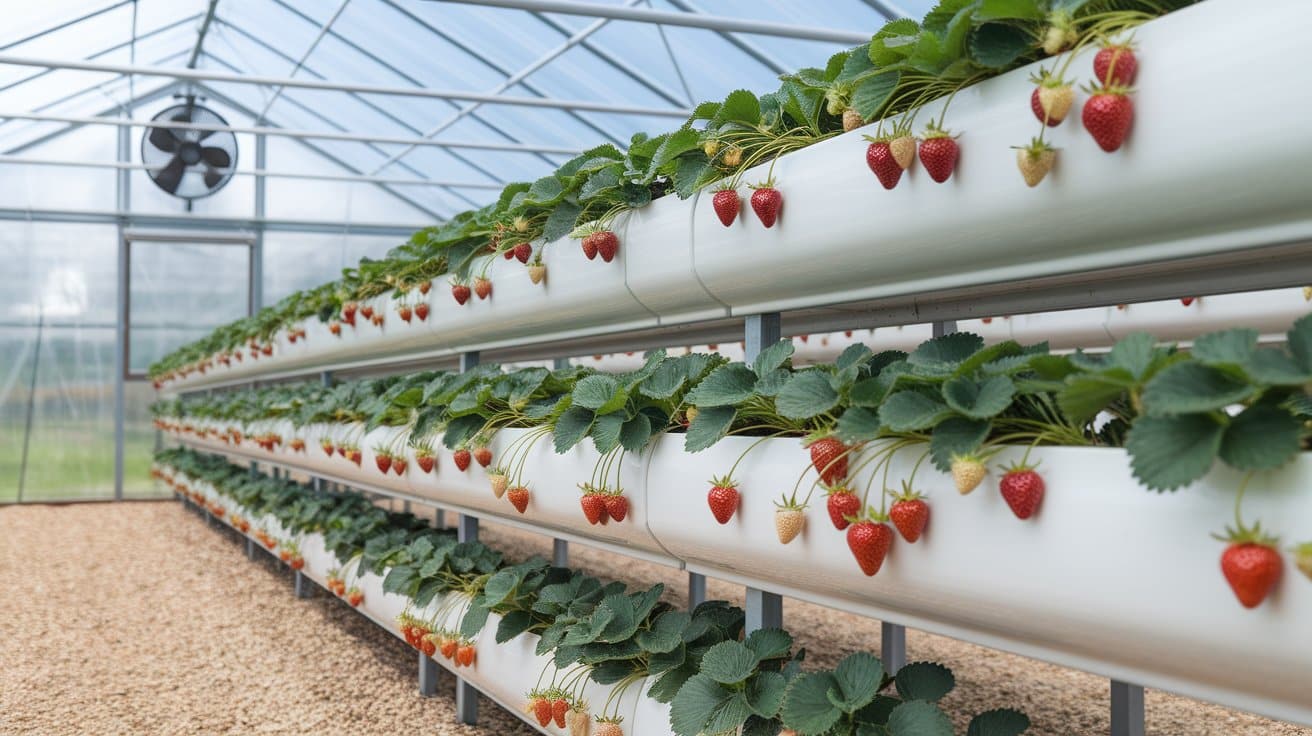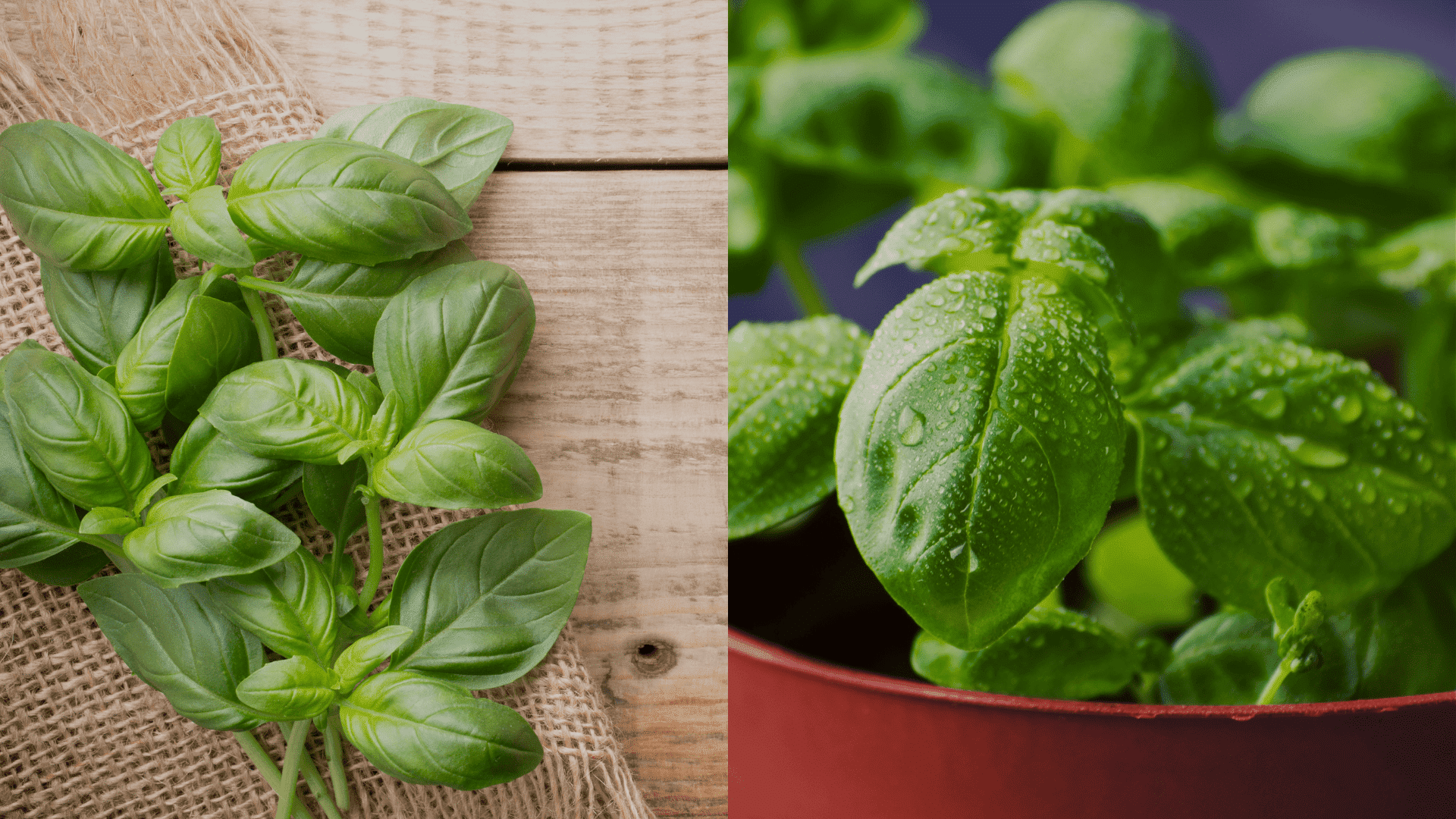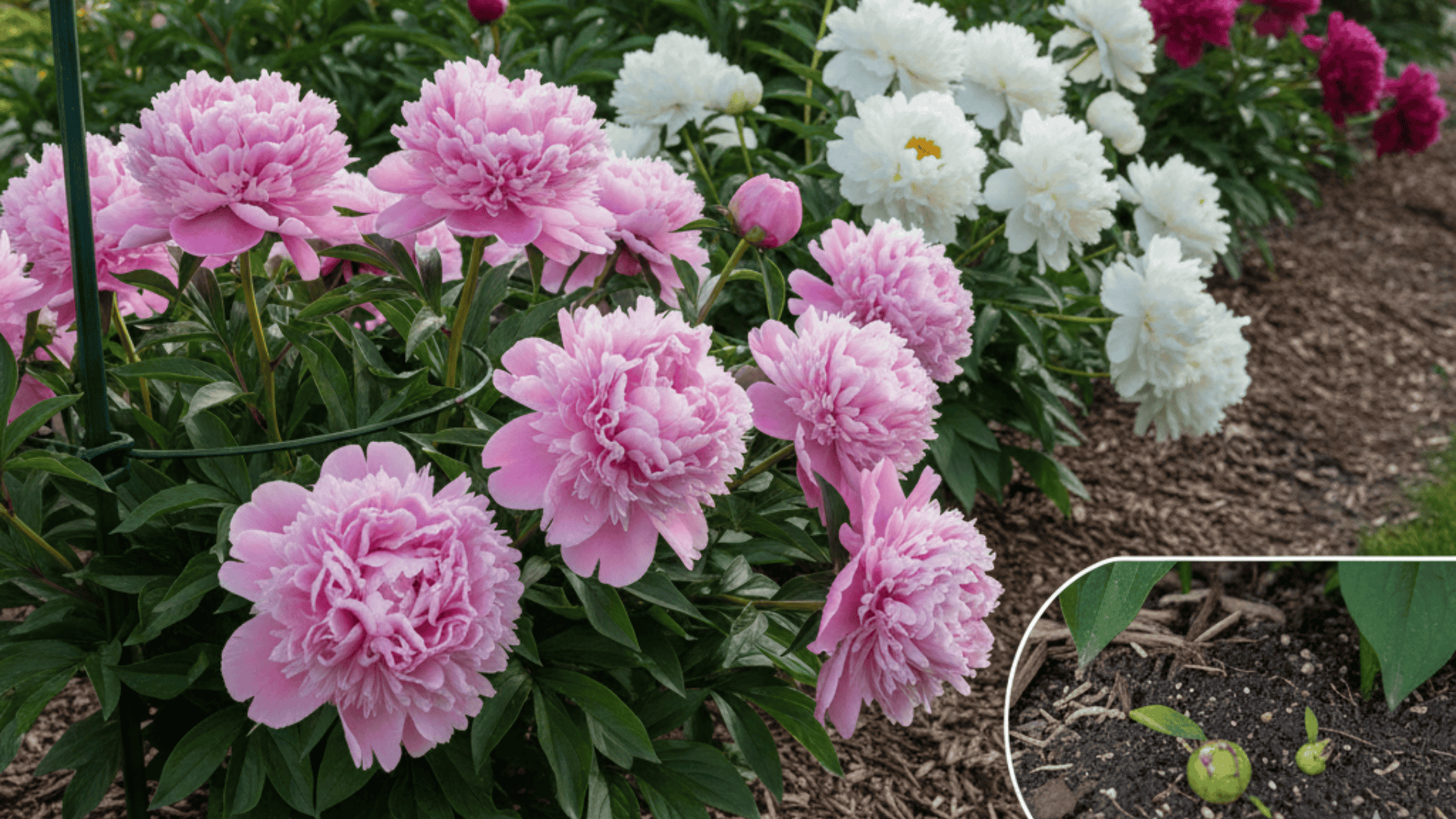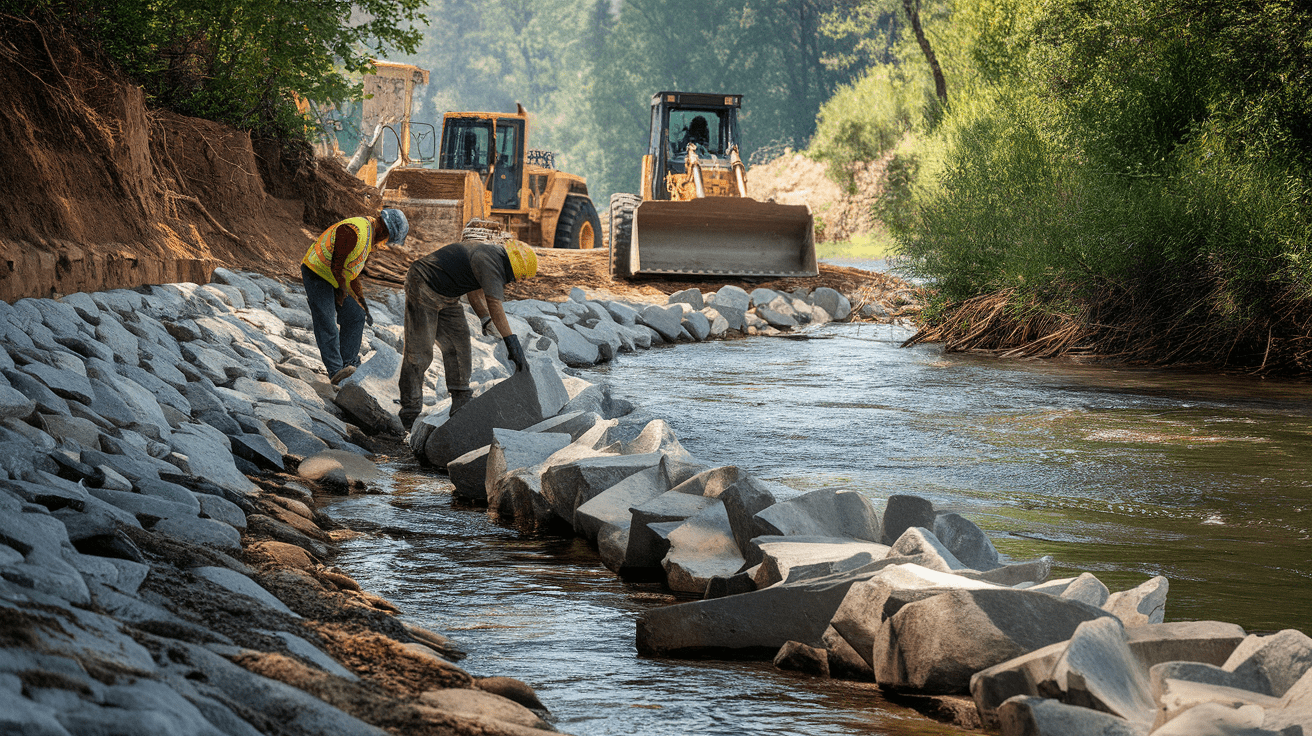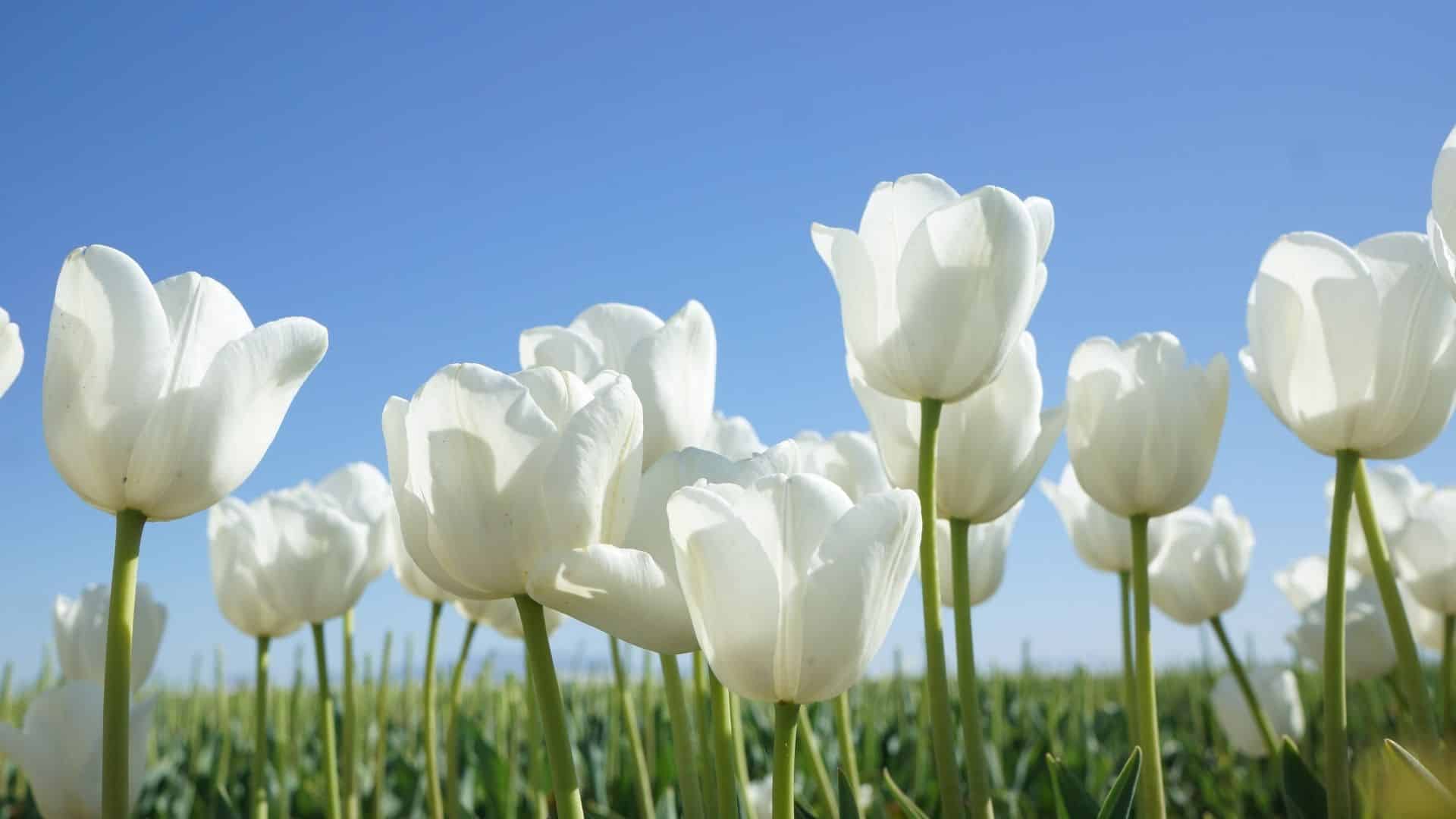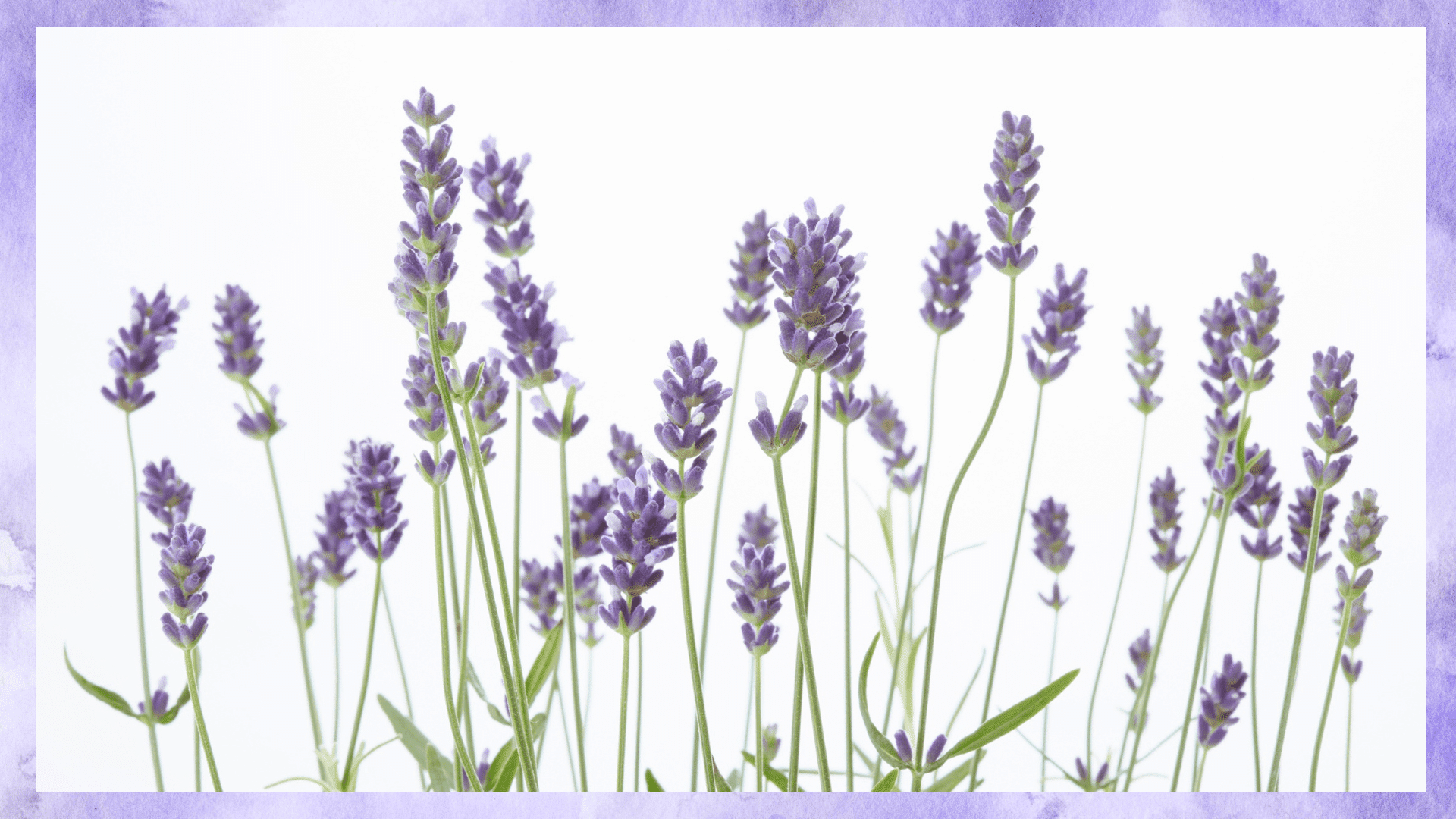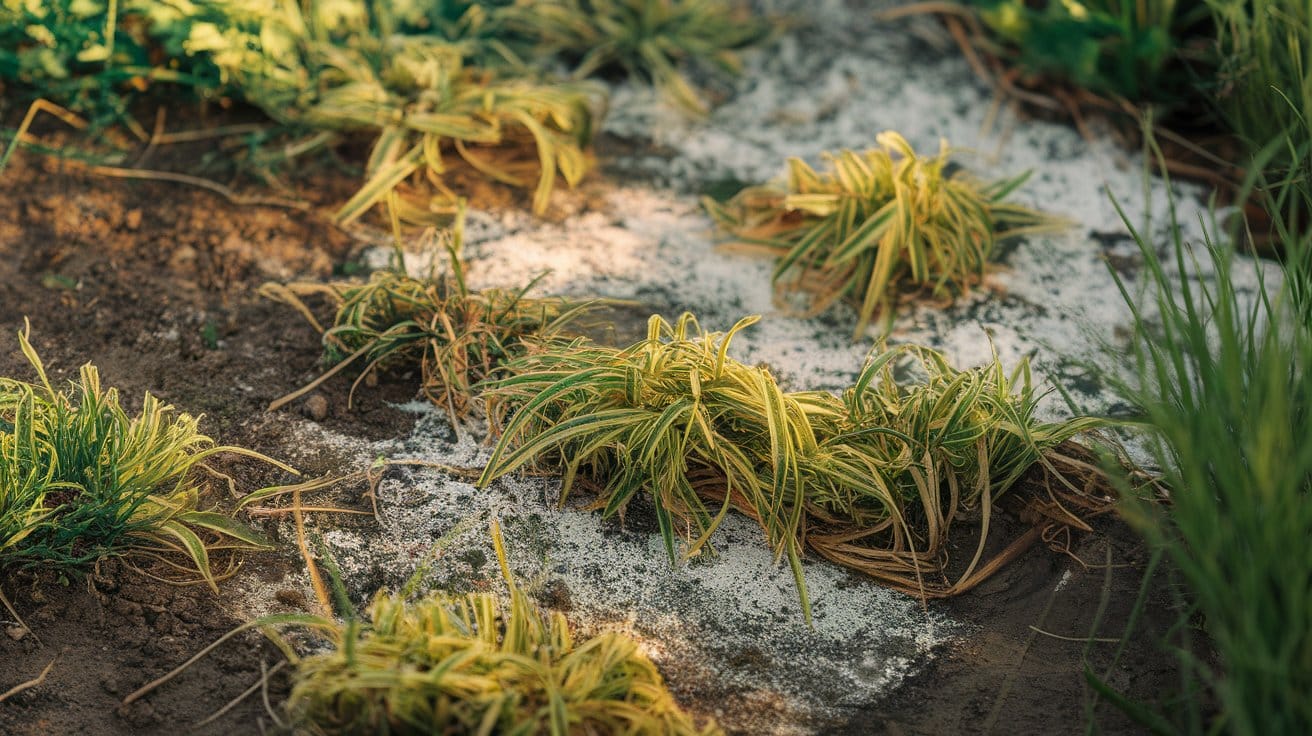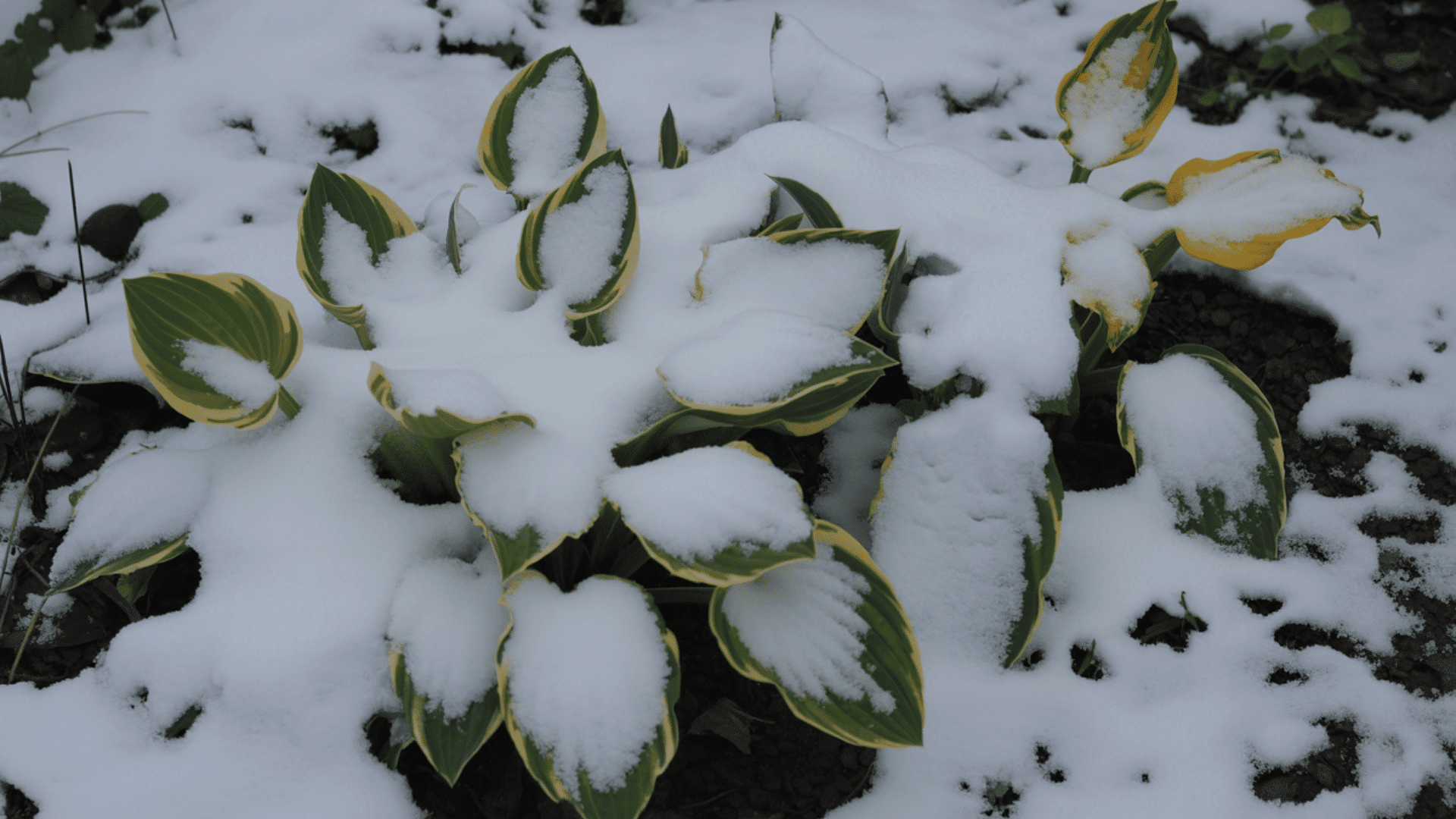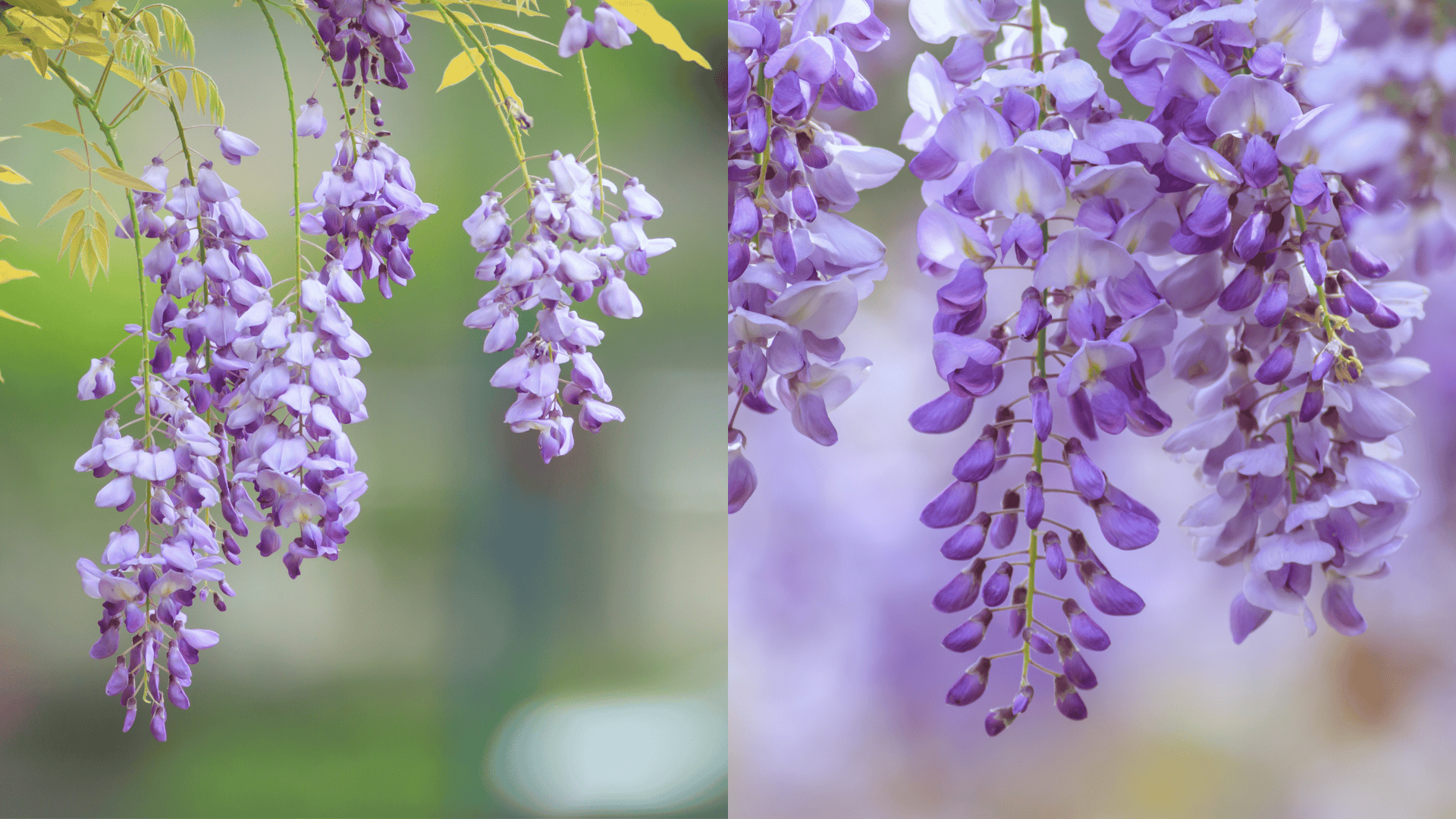Growing jalapenos can feel challenging when you don’t know what to expect at each phase.
Understanding the jalapeno plant stages helps you provide the right care at the right time.
This post walks through each stage from seed to harvest, shows you the timeline, and explains planting techniques.
It also covers essential growing conditions, environmental factors, and helpful companion planting ideas.
Each section highlights what supports steady development and keeps plants strong through changing conditions.
By the end, you’ll have a clear view of what to anticipate through every growth phase for thriving jalapeno plants.
How Long Does It Take for a Jalapeno Plant to Grow?
The jalapeno plant stages span 70 to 100 days from seed to harvest, though the exact timeline depends on several factors.
The quality of your growing medium affects how quickly roots develop and absorb nutrients, while sunlight exposure determines photosynthesis rates and overall vigor.
Watering consistency impacts growth speed, as both drought and overwatering slow development.
Temperature plays a major role, too, with jalapenos thriving in warm conditions between 70°F and 85°F.
Patience during these weeks is essential, as steady care directly shapes plant strength.
Healthy growth at each step sets the foundation for a generous harvest.
What Are the Jalapeno Plant Stages?
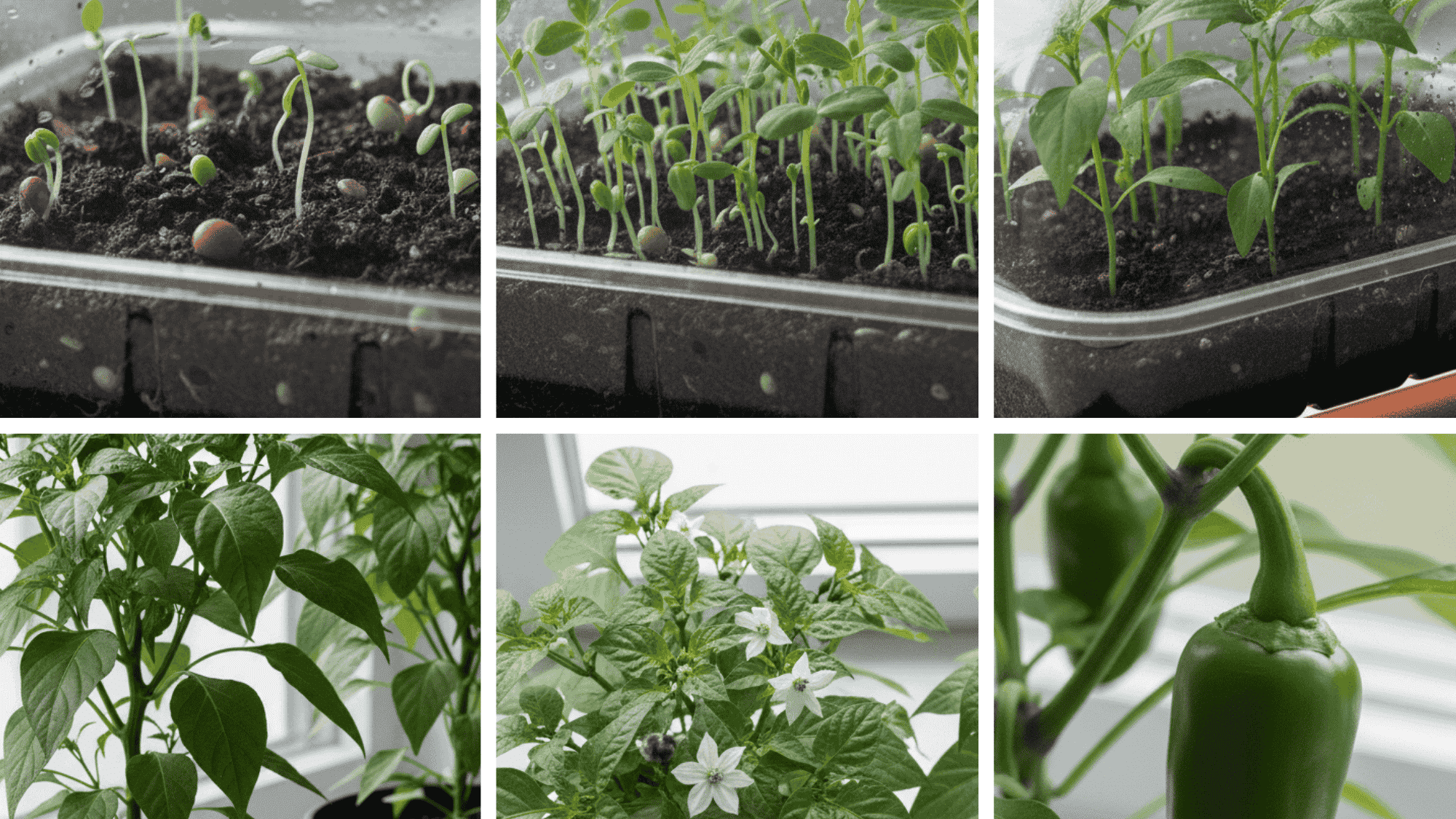
Each stage of jalapeno growth has specific needs and visual markers that signal what your plant requires next.
These stages are the ones that show indoor plantation; however, they remain the same for outdoors as well.
1. Seed Germination
Seeds take 7 to 21 days to sprout, depending on conditions, with temperatures between 75°F and 85°F working best.
Keep the growing medium evenly damp but not waterlogged, as cold temperatures below 60°F or dried-out conditions prevent germination.
Use a heat mat and plastic covering to maintain warmth and adequate hydration.
2. Seedling Stage
Cotyledons emerge first, then true leaves with pointed shapes appear as adequate light becomes critical at this stage.
Young seedlings need 14 to 16 hours of bright light daily or they become leggy, so place them under grow lights or in a south-facing window.
Water when the top half-inch feels dry to the touch.
3. Adolescent Growth
Roots strengthen and spread during this jalapeno plant stage as light fertilizer introduction begins now, using a diluted balanced formula at quarter strength every two weeks.
Seedlings are ready for transplant when they have 4 to 6 true leaves and stand 3 to 4 inches tall, with the stem feeling firm and not floppy.
4. Vegetative Growth
Rapid leaf and stem expansion define this stage, with growth reaching an inch or more per day in ideal conditions.
The hardening off process prepares indoor specimens for outdoor life over 7 to 10 days.
Proper spacing of 18 to 24 inches apart in garden beds or 5-gallon containers ensures healthy development.
5. Flowering
This jalapeno plant stage begins with bud development when maturity arrives.
Small white flowers appear at leaf nodes, typically 6 to 8 weeks after transplanting.
Pollination methods, and maintaining regular watering while avoiding temperature extremes above 90°F or below 60°F, reduce flower drop.
6. Fruit Development
Pods form and enlarge after successful pollination, with tiny green nubs swelling into recognizable pepper shapes over 2 to 3 weeks.
Steady hydration fills out peppers properly, though the growing medium should never stay soggy.
Feeding with a fertilizer higher in phosphorus and potassium than nitrogen supports fruit rather than foliage.
7. Ripening and Harvest
Color changes from green to red indicate ripening, though you can harvest at any stage.
Green jalapenos have a bright, grassy flavor, while red jalapenos taste sweeter with slightly less heat.
Use clean scissors or pruners to cut peppers with a short stem attached, and harvest regularly to encourage more flowering and fruiting.
Companion Plants for Jalapeno
Choosing the right plant neighbors can boost your jalapeno harvest, keep pests away naturally, and improve overall garden success.
Good Companions
| Plants | Why It Works |
|---|---|
| Tomatoes | Share similar growing needs and attract beneficial insects |
| Basil | Repels aphids and whiteflies while improving flavor |
| Carrots | Grow underneath without competing for nutrients or space |
Poor Matches
| Plants | Why It Works |
|---|---|
| Fennel | Secretes substances that inhibit the growth of nearby plants |
| Kohlrabi & Brassicas | Attract different pests and have conflicting nutrient needs |
Place jalapenos along garden edges where they won’t shade shorter specimens, and group those with similar water needs together.
How to Plant Jalapeno Peppers Outdoors?
Matching jalapeno plant stages to your climate means starting seeds indoors 8 to 10 weeks before your last frost date.
Transplant outdoors when soil temperatures reach at least 65°F and nighttime temperatures stay above 55°F consistently.
1. Soil Preparation
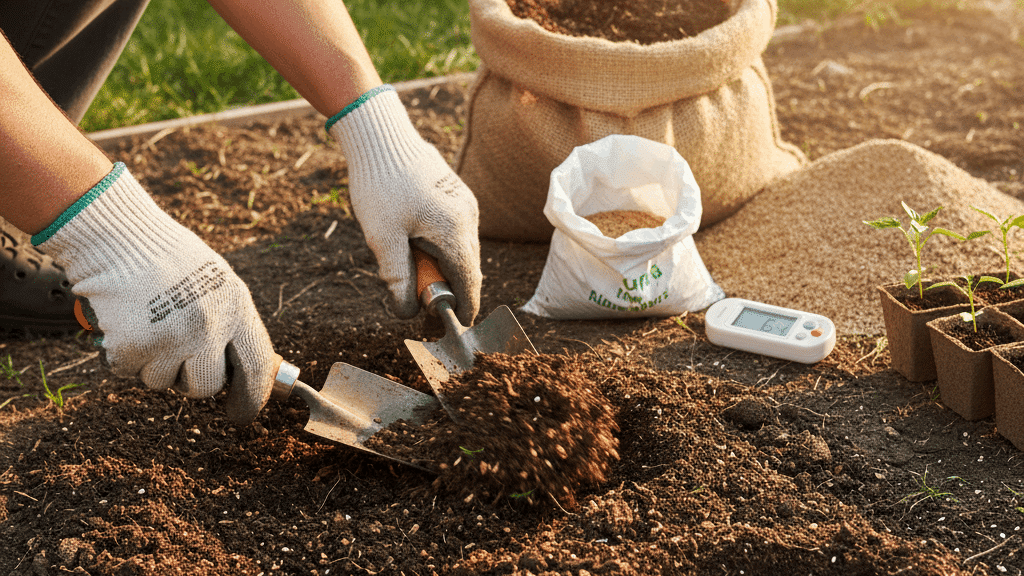
Test pH levels and adjust to 6.0 to 6.8 using lime or sulfur, then mix 2 to 3 inches of compost into the top 6 inches and add bone meal per planting hole for root development.
For heavy clay ground, work in coarse sand and aged compost to improve drainage.
2. Sowing Seeds
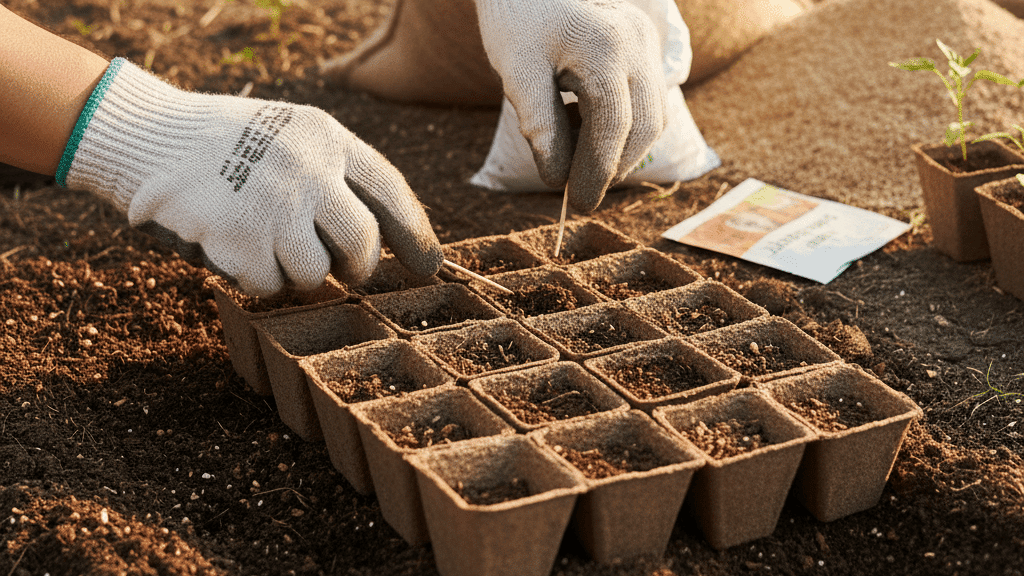
Plant seeds 1/4 inch deep and 2 inches apart in seed trays, then cover lightly and press down.
Check daily for signs of sprouting.
3. Transplanting Outdoors
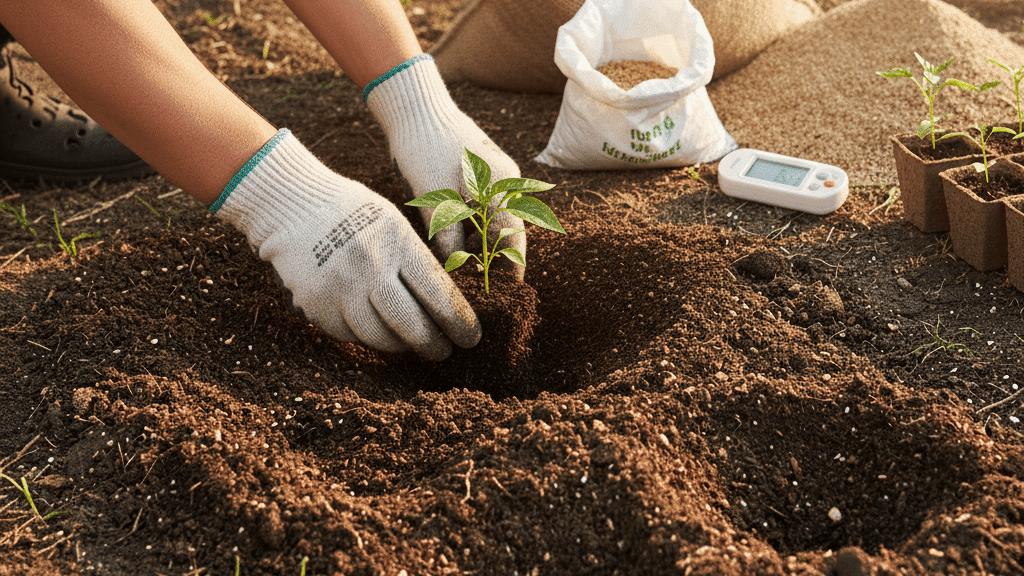
Dig holes twice as wide as the root ball and bury the stem up to the first set of true leaves, allowing adequate room between each one for proper root expansion and air flow.
Water transplants thoroughly after planting to settle the medium around roots.
4. Container Planting
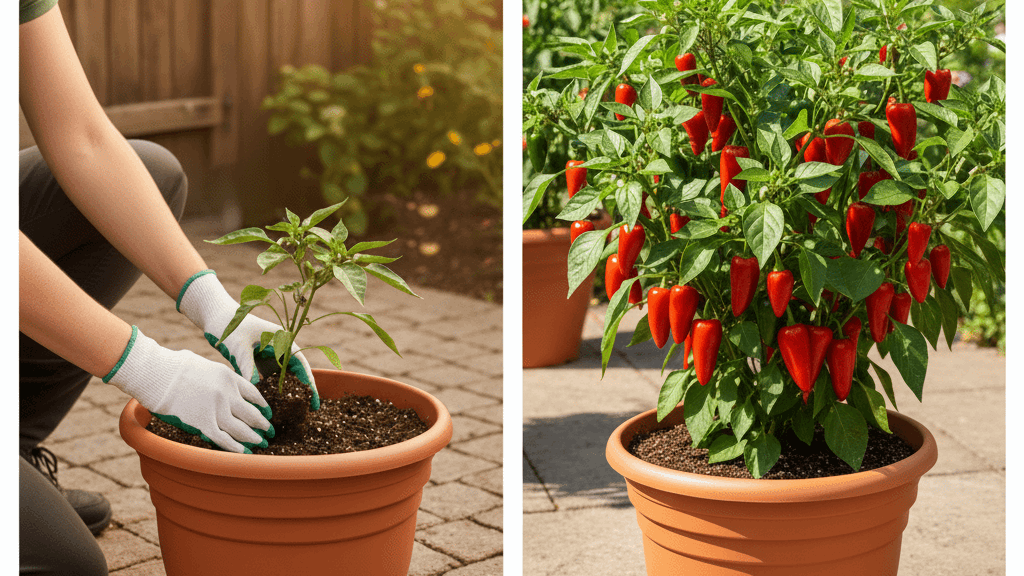
Use pots at least 12 inches deep and 12 inches wide with drainage holes, filling containers with equal parts potting soil, compost, and perlite for optimal drainage.
Place containers in locations that receive full sun and can be easily accessed for watering.
Tips for Supporting Healthy Growth
Apply these practical care techniques across all jalapeno plant stages to keep your peppers strong and productive.
-
Maintain adequate hydration: Apply 2 to 3 inches of organic mulch to moderate temperature, then water deeply once or twice weekly for deep roots.
-
Optimize light exposure: Provide 6 to 8 hours of direct sunlight daily, with afternoon shade in climates above 95°F to prevent sunscald.
-
Prevent disease: Allow proper air circulation between specimens, rotate crops yearly, and remove lower leaves touching the surface to reduce splash-back issues.
-
Control pests: Inspect weekly for aphids, spider mites, and hornworms, then remove by hand or use insecticidal soap at the first signs of infestation.
-
Support structure: Stake heavy-producing specimens to prevent branches from breaking under fruit weight, especially during peak production periods.
Common Problems & Troubleshooting
When issues arise at any jalapeno plant stage, quick identification and targeted solutions keep your peppers on track for a healthy harvest.
-
Leaf discoloration and nutrient issues: Yellow lower leaves need nitrogen, purple leaves need phosphorus, and yellow veins need Epsom salt spray for correction.
-
Flower or fruit problems: Blossoms drop from temperature stress, so provide shade cloth, while blossom end rot needs calcium and regular watering with gypsum.
-
Foliage damage and slow development: Curled leaves signal overwatering or aphids, holes indicate caterpillars, and stunted progress means root-bound containers needing loosening.
Wrapping It Up
From germination through harvest, each of the jalapeno plant stages presents unique requirements and opportunities for intervention.
Your peppers will mature in approximately 70 to 100 days when given proper attention to growing conditions, hydration levels, sunlight exposure, and nutrient timing.
Success comes from recognizing visual cues at each phase and responding with appropriate care techniques.
Monitor closely and adjust your approach based on what you observe, remembering that small actions during critical windows make significant differences in final yields.
Drop a comment below with your current jalapeno plant stage and any challenges you’re facing.
Frequently Asked Questions
Should I Pick the Flowers Off My Jalapeno Plant?
Yes, you can remove early flowers from young jalapeno plants to strengthen roots and branches, but once established, flowers should remain for fruit production.
What Is Corking on Jalapenos?
Corking on jalapeños is the appearance of small tan or white lines on the pepper skin, caused by natural growth and expansion during development.
Will Jalapenos Grow Back Every Year?
Yes, jalapeños can grow back every year in frost-free climates, but in colder regions they are treated as annuals and need replanting each season.

